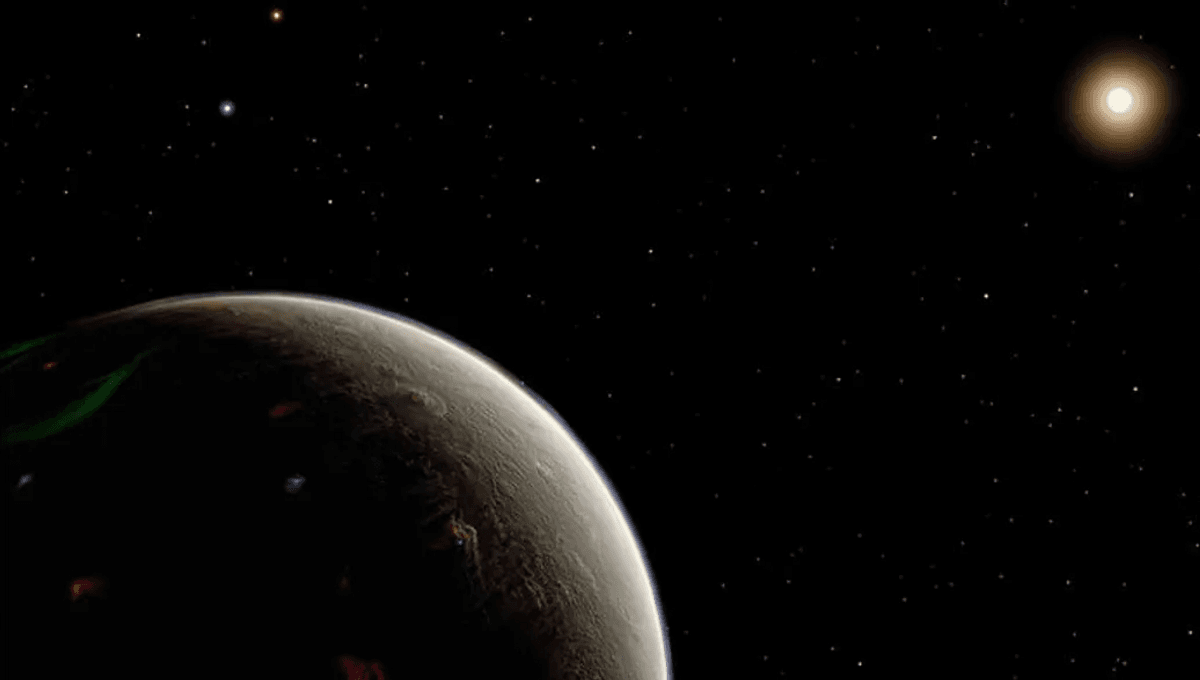
A few years ago, astronomers excitedly shared the news that a candidate exoplanet was spotted around star 40 Eridani A, which has a particular significance for fans of Star Trek. It’s the system that hosts Vulcan, the world where Spock, T’Pol, and countless other characters come from – but it seems that the planet will have to remain a work of fiction.
The existence of 40 Eridani b – Vulcan – has been in question for a while. Its existence was claimed based on a technique known as radial velocity. As a planet orbits a star, its gravity tugs at it, creating a wobble in its light. This has been successfully employed in many detections, but it doesn’t guarantee a 100 percent rate of success. Internal processes in the stars can also create similar wobbles.
In fact, a point of suspicion came from the data: The planet orbited the star at the same time the star rotated on its axis. A study in 2021 suggested it was a false positive, and another one the year after couldn’t conclude one way or the other. The new work agrees that the detection was indeed a false positive, and that what was believed to be the effect of the planet were just surface peculiarities of the star, which is also known as HD 26965.
The team saw the radial velocity signals seen in previous observations but also tracked the activity of the stars, and found that both detections have periods that are very close to each other.
“The extreme proximity of these two detections leads us to classify this RV detection conclusively as activity,” the authors wrote in the paper. “We therefore classify this as a false positive signal.”
So it seems that this is goodbye to Vulcan. The work did not set out to disprove its existence, but it was actually part of a much wider study on how well we know the nearest stars and exoplanets to Earth. The research can be seen as foundational work for a future space telescope that would study nearby planets in the habitable zone: the Habitable Worlds Observatory.
Before such a telescope is even constructed, it is important to know what are the properties of the stars and planets that it might study. So, the team analyzed all the data available about 100 stars that have the potential to host planets we might be able to image with this future observatory. However, some of them turned out not to exist.
Planets named Vulcan have a tendency to not exist – astronomers had proposed the existence of another Vulcan inside the orbit of Mercury, but Einstein proved that it did not exist.
The paper is accepted for publication in the Astronomical Journal and it is available on the ArXiV.
Source Link: Turns Out Star Trek's Planet Vulcan Doesn't Exist After All